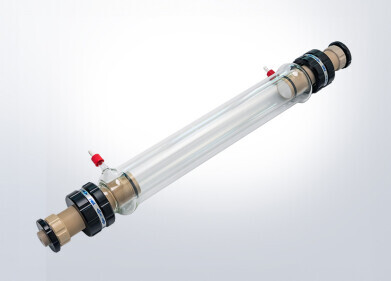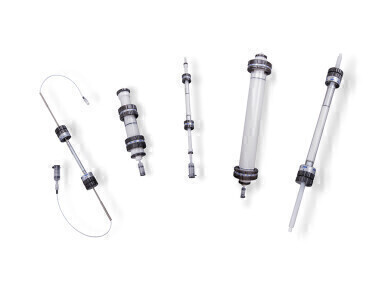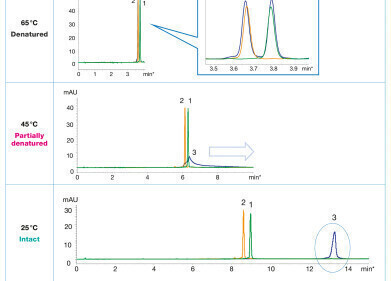Columns (LC)
How Can Chromatography Help to Combat Toxic Food Colourings?
Oct 26 2018
Look on the back of most packets of ready meals on the supermarket shelves and you’ll see amongst the ingredients listed and you will see colourings listed. Colourings are also used in medicines, giving us the many different coloured tablets found on pharmacy shelves. Colourings can be natural compounds, synthetic dyes or even foods added to recipes purely for their colouring properties.
There are many reasons for adding colourings to food and medicines. It can help in distinguishing different medicines from each other – for example, different sized pills having different colours. But the main reason for adding colouring is to make things more appealing. In food, colour plays an important role in taste and perception. In fact, along with flavour and texture, colour is considered a major factor in how we perceive the quality of a food.
Adding poison to the dish
Natural food colourings have been used for thousands of years – but nowadays, manufacturers prefer to use synthetic food colourings as they are significantly cheaper to produce, better stability than natural dyes and it is easier to achieve a uniform colour with synthetic dyes. But that doesn’t mean all is safe with synthetic dyes.
Two synthetic dyes that are used in pharmaceuticals, foods and drinks are Sunset yellow and tartrazine. But both dyes are known to have toxicological risks if they are used incorrectly. Sunset yellow, also known as E110, is a petroleum-derived orange azo- dye that is used to give foods an orange-yellow colour; whilst tartrazine, known as E102, is a synthetic lemon yellow azo dye that is used to give foods a yellow colour.
But are the dyes safe to use? Well, the answer is yes if strict usage guidelines are followed. If not? Well, both dyes may cause allergic reactions – particularly amongst asthmatics and people with an intolerance to aspirin. The dyes are also listed as having mutagenic and carcinogenic risks. So, it is important that sensitive and reliable methods are developed to detect these dyes in food products.
Chromatography analyses yellow food
The development of a quick, reliable and sensitive chromatographic method for the determination of the dyes in foods is the subject of a recent paper in the International Journal of Scientific & Engineering Research - Determination of Food Colorings in Pharmaceutical Preparations and Food Additives by a Validated HPLC Method.
The team developed a high-performance liquid chromatography method using a reverse phase C18 column to analyse these toxic food dyes. The development of HPLC methods is the subject of this article, Using Different HPLC Column Chemistries To Maximise Selectivity For Method Development. The method developed was shown to be rapid, specific and sensitive, with excellent reliability.
The team state that: The proposed method can be easily applied to many kinds of foods and beverages samples which are important to the toxicologically.
Digital Edition
Chromatography Today - Buyers' Guide 2022
October 2023
In This Edition Modern & Practical Applications - Accelerating ADC Development with Mass Spectrometry - Implementing High-Resolution Ion Mobility into Peptide Mapping Workflows Chromatogr...
View all digital editions
Events
Apr 28 2024 Montreal, Quebec, Canada
May 05 2024 Seville, Spain
May 15 2024 Birmingham, UK
May 19 2024 Brno, Czech Republic
May 21 2024 Lagos, Nigeria














